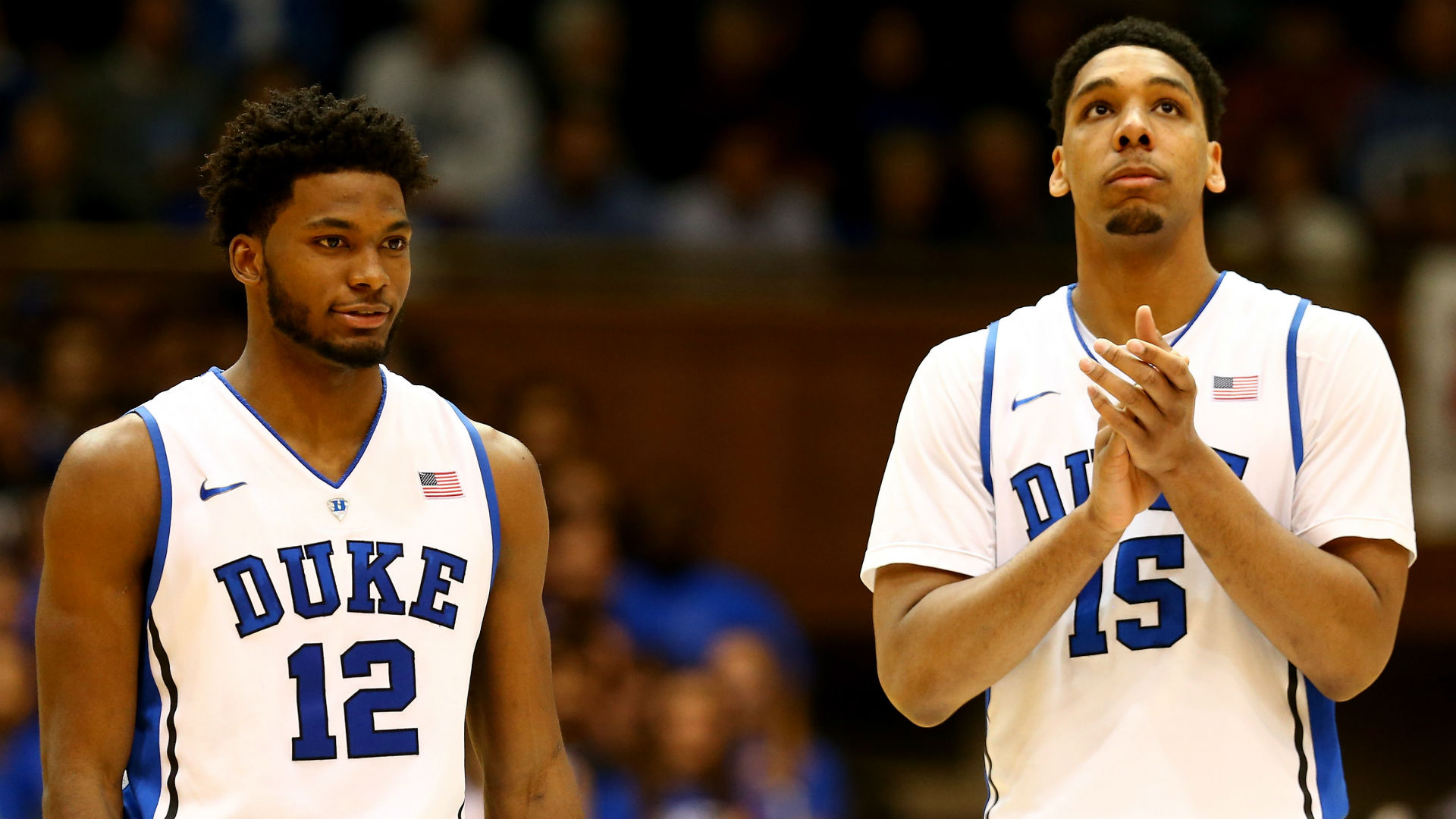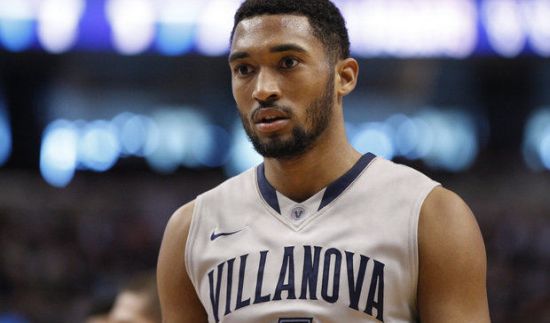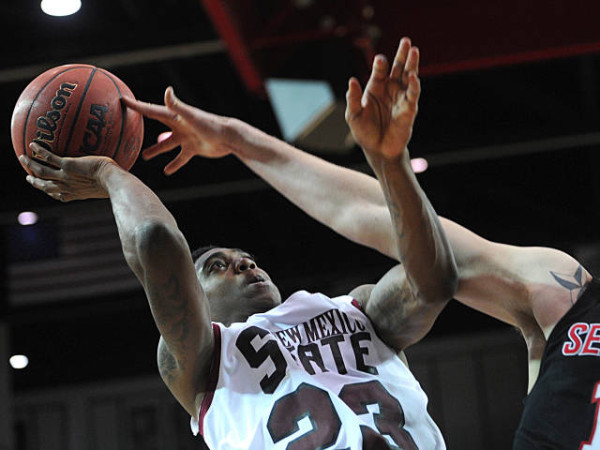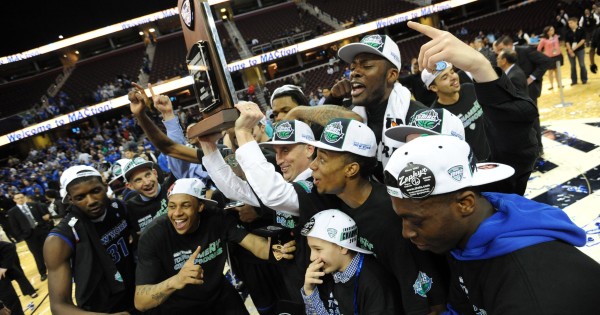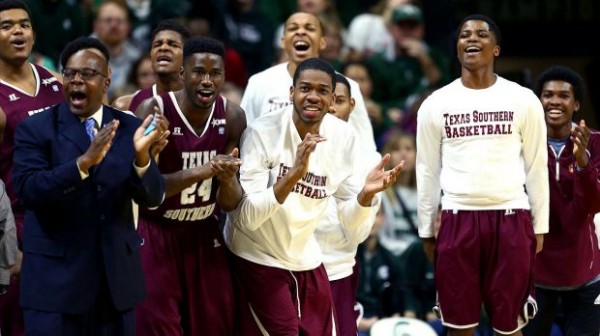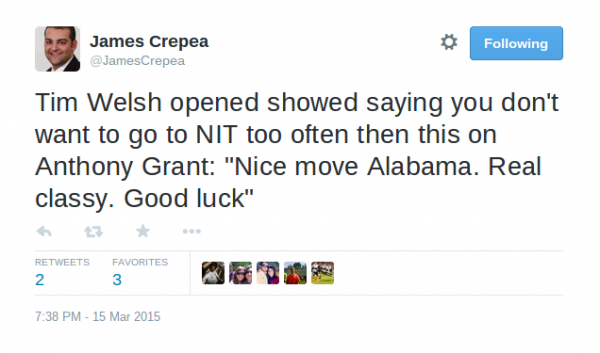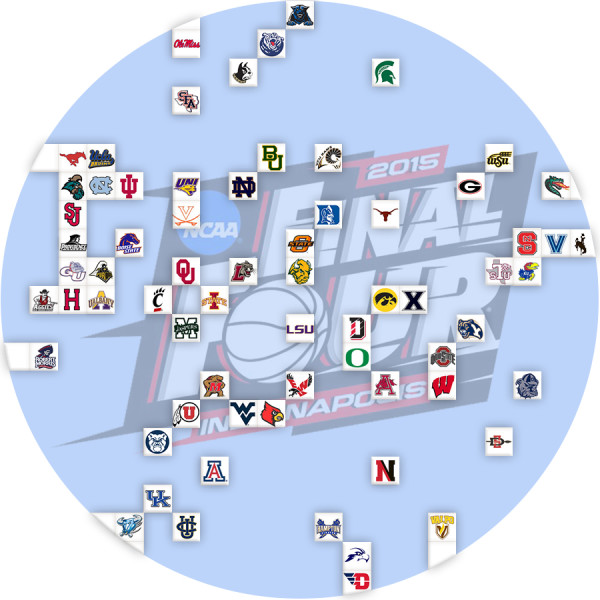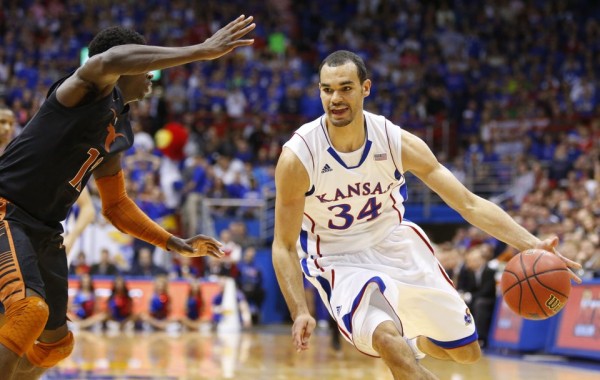Bracket Prep: South Region Analysis
Posted by Bennet Hayes on March 17th, 2015Throughout Tuesday, we will roll out our region-by-region analysis on the following schedule: East (10:00 AM), South (11:00 AM), Midwest (1:00 PM), West (2:00 PM). Here, Bennet Hayes (@hoopstraveler) breaks down the South Region from top to bottom. Also, be sure to follow our RTC South Region handle on Twitter for continuous updates the next two weeks (@RTCsouthregion).
South Region
Favorite: #1 Duke (29-4, 16-4 ACC). The top-seeded Blue Devils are rightful favorites in the South region. Not only are the Blue Devils REALLY good (they are a #1 seed for a reason), but they were fortunate enough to avoid a region with Arizona or Virginia in a year where six teams could stake legitimate claims to #1 seeds. Ignore Duke’s ignominious recent NCAA Tournament history: The Blue Devils are favorites to book the flight from Houston to Indianapolis.
Should They Falter: #3 Iowa State (25-8, 15-6 Big 12). We’ll leap the second-seeded Zags to label Iowa State as the next most likely team to win this region. Frank Hoiberg’s club finished with a flourish, knocking off Kansas in the Big 12 championship game to put the finishing touches on a tidy resume. The bulk of this Cyclones core were contributors when they lost to eventual champion Connecticut in the Sweet Sixteen a year ago. There are some flaws here, particularly on the defensive end, but Hoiberg is undoubtedly anxious to push a team deep into the NCAA Tournament. This bunch could be the one to do it.
Grossly Overseeded: #4 Georgetown (21-10, 13-7 Big East). The Big East got a lot of respect this Selection Sunday. Four of the six league teams to make the field were seeded at least a line above Joe Lunardi’s final projection, while the other two (Villanova and St. John’s) were at the number Lunardi projected. Georgetown received a #4 seed from the committee (two lines above the #6 Lunardi expected) and there’s little about the Hoyas – both on the resume and on the court – that indicates they are that deserving. Their best non-conference victory came in overtime on a neutral court against Indiana. Big East work, although headlined by a defeat of Villanova, was only marginally more impressive. John Thompson III guided the Hoyas to a solid bounce-back season after missing the NCAA Tournament a year ago, but they are overvalued at this seed line. Read the rest of this entry »





























